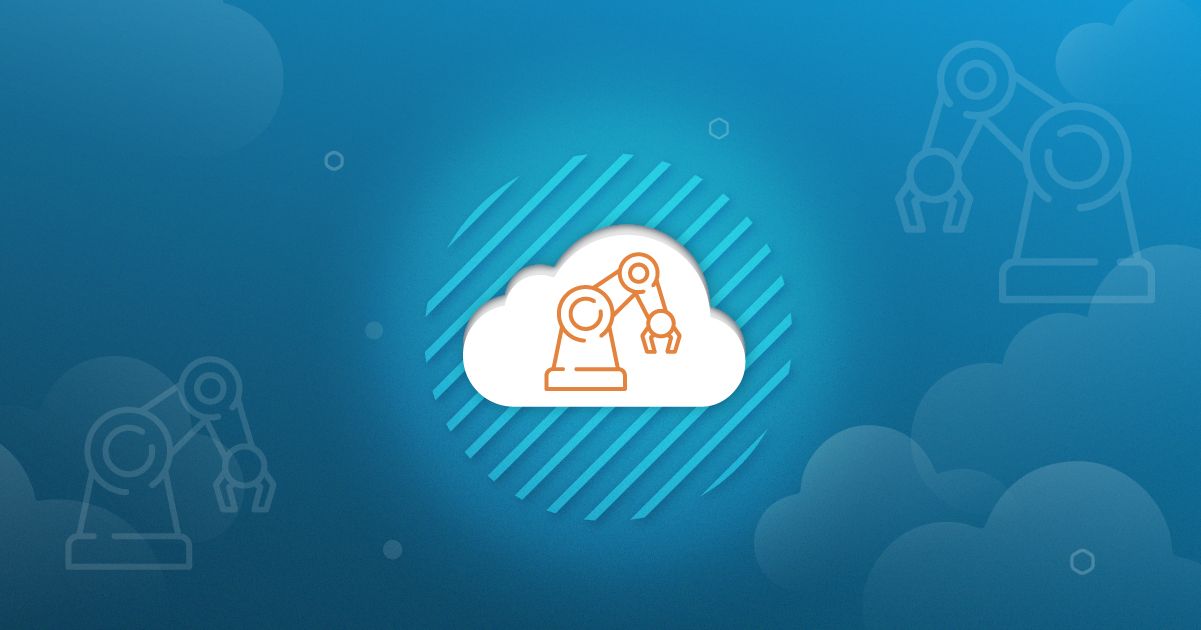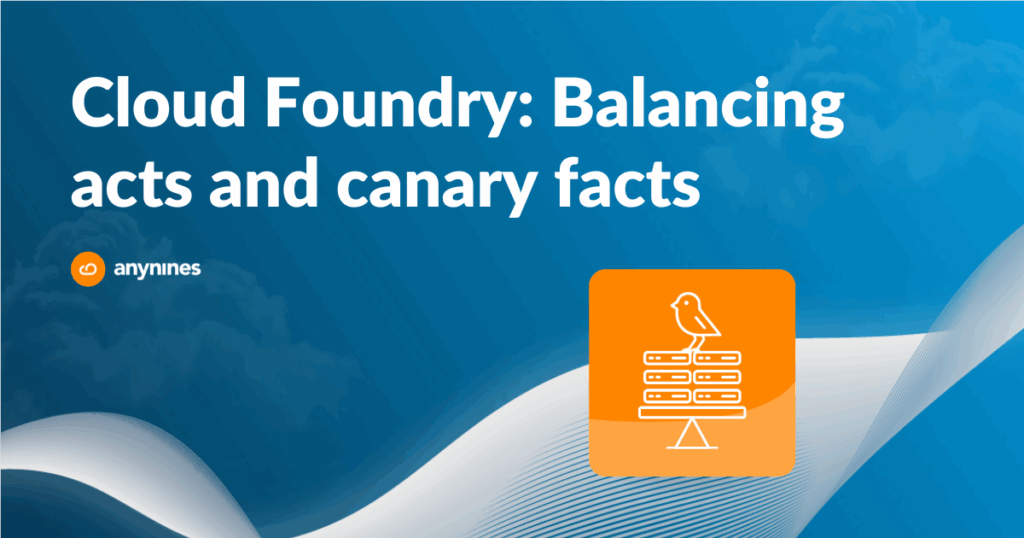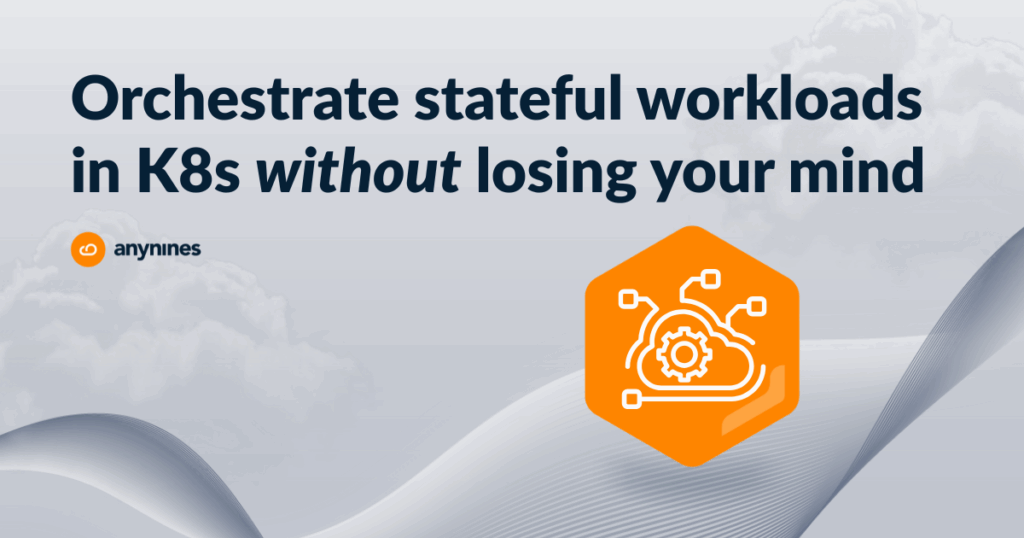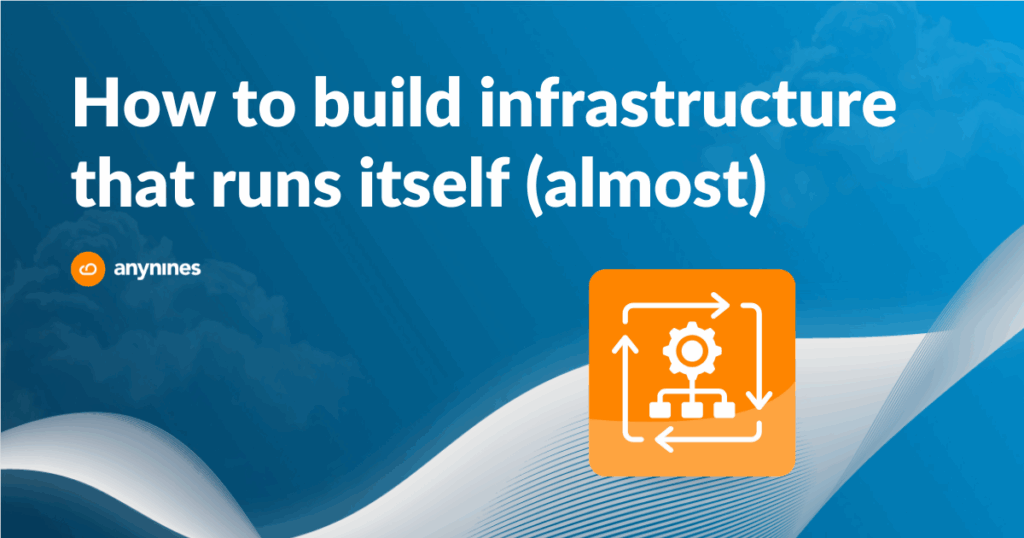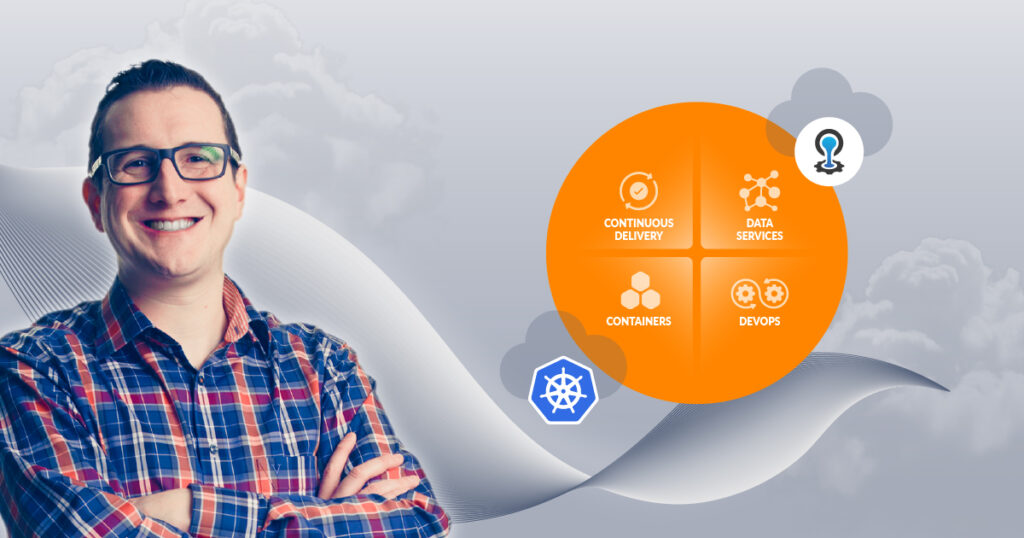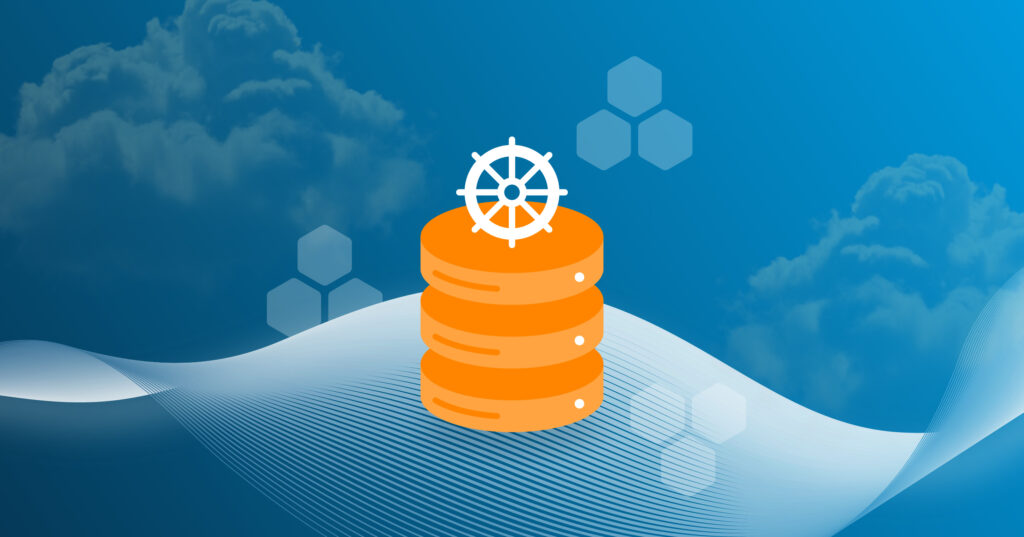What is Cloud Automation?
Cloud automation allows IT and cloud administrators to streamline manual processes and expedite the provision of infrastructure resources on a self-service basis, tailored to the needs of users or business requirements.
Discussing the benefits of cloud automation is akin to discussing the benefits of a touchscreen on a smartphone—it’s fundamental to functionality. This may not apply to small-scale cloud applications, which can still be managed manually, but enterprises and research organizations seeking optimal cloud utilization rely heavily on automation.
But what exactly is cloud automation? It’s a practice involving the use of software or code to create automated workflows in cloud environments, reducing the need for direct administrator oversight. Tasks like server setup, integration with cloud nodes, and data stream management are well-suited for this practice. Without it, managing cloud services and resources becomes cumbersome and inefficient.
Cloud Automation Benefits & Advantages
Cloud automation offers several significant advantages that make it an essential tool for modern businesses. Firstly, it enhances efficiency by automating routine tasks, allowing IT staff to focus on more strategic initiatives rather than repetitive maintenance. This automation also leads to greater consistency and fewer errors in deploying and managing cloud resources.
Cloud automation also supports scalability, which enables businesses to quickly adjust their infrastructure to meet fluctuating demands without the need for manual intervention. This agility ensures that resources are optimally utilized, leading to cost savings. Improved response times is another benefit of cloud automation since services can be deployed and scaled in real-time, allowing them to directly align IT capabilities with business needs. Lastly, cloud automation facilitates stronger compliance and security measures by standardizing operations and reducing the potential for human error.
Let’s look into the benefits of cloud automation a bit deeper:
- Increased Agility and Scalability: Cloud automation enables businesses to respond swiftly to changes in the market and scale operations without the constraints of physical infrastructure. This flexibility allows for rapid deployment of new applications and services, helping organizations maintain a competitive edge by adapting quickly to technological advancements and market demands.
- Reduced Manual Tasks and Human Error: Automation in cloud environments significantly reduces the need for manual interventions, which not only speeds up processes but also lowers the risk of human error. This can lead to more accurate data handling and process execution, which are crucial for maintaining operational integrity and reducing downtime.
- Improved Consistency and Reliability: Cloud automation ensures that all actions are performed uniformly, without the variability that human intervention might introduce. This consistency helps in maintaining the quality and reliability of services, ensuring that systems perform optimally and predictably across different environments.
- Enhanced Cost Efficiency and Optimization: By automating cloud operations, organizations can optimize resource usage, leading to significant cost savings. Automation enables precise control over cloud resources, minimizing waste and ensuring that resources are used efficiently according to demand.
Key Components of Cloud Automation
Cloud automation is made up of several key components that together create a robust framework for managing cloud environments efficiently. Service catalogs are essential, providing predefined templates for deploying cloud services quickly and uniformly. Orchestration tools streamline the process of integrating and managing various cloud services and resources, and facilitate complex workflows across multiple platforms. Configuration management tools ensure that systems are set up and maintained consistently, automating updates and patches to maintain compliance and security standards. Monitoring and analytics are crucial for observing the performance and health of cloud resources, allowing for proactive management and optimization. Meanwhile self-service portals empower users by letting them manage and provision resources on demand, which enhances flexibility and reduces the workload on IT teams. Together, these components enable organizations to automate cloud operations effectively, enhancing both operational efficiency and business agility.
Infrastructure Automation
Infrastructure automation involves minimizing human interaction with IT systems through the creation of repeatable scripts or functions. These tools can be utilized either by other software or triggered on command.
IT infrastructure automation tools are capable of managing various IT components such as servers, storage, network elements, and operating systems (OS). The primary objective is to enhance the efficiency of IT operations and personnel, ultimately aiming for hands-off operation across different environments, encompassing both cloud-based and on-premises elements within hybrid IT setups.
Cloud infrastructure automation tools, on the other hand, play a crucial role in enhancing the efficiency and speed of workload deployments. Additionally, they contribute to cost reduction efforts by automatically terminating unused virtual machines (VMs) and reclaiming unnecessary storage space.
Application Automation
One facet of application automation, also known as application service automation, involves techniques utilized by IT operations teams to streamline the service and deployment of applications across the organization. This automation capability significantly reduces the time and costs associated with managing the organization’s entire application inventory, while also mitigating potential configuration errors stemming from manual processes such as application packaging, deployment, updates, troubleshooting, recovery, and auditing. Additionally, IT service desks leverage application automation tools to efficiently monitor, analyze, and resolve incidents, thereby enhancing end-user support with fewer help-desk engineers.
Furthermore, another facet of application automation, termed application release automation (ARA), pertains to the methods utilized by software developers to package and deploy applications seamlessly from development to production environments. ARA tools offer functionalities such as deployment automation, environment management and modeling, and release coordination. These tools constitute a crucial element of DevOps best practices, facilitating the achievement of continuous delivery by enabling the rapid deployment of a high volume of releases.
Cloud Cost Automation
Effectively managing expenses in the cloud often requires a careful balance between optimizing costs and maintaining performance, which can be quite challenging. According to this cloud report, 82% of organizations struggle with managing their cloud costs. This is where cloud cost automation becomes crucial for reducing expenses.
Automation has the potential to tackle the complexities of cloud cost management by providing real-time adaptability and accuracy. Cloud cost automation solutions effectively handle the dynamic changes in cloud workloads by scaling resources based on actual usage. Features such as automated rightsizing of resources, precise tagging of resources, and enforcement of policies empower businesses to make informed decisions, identify opportunities to save costs, and maintain a balance between resource allocation and financial responsibility.
Cloud Security Automation
The practice of leveraging automated systems and processes to safeguard cloud data, applications, and infrastructure, is known as cloud security automation. It encompasses a range of techniques, tools, and methodologies designed to automate repetitive tasks, enabling security teams to concentrate on more strategic endeavors.
Automation empowers your security team to effectively monitor production environments for vulnerabilities and execute predefined measures to address security incidents. This includes automated vulnerability scanning to identify and rectify security issues within cloud environments, streamlining deployment processes to mitigate potential threats in applications and libraries, and seamlessly integrating security frameworks, checks, and controls into the DevOps pipeline.
By embracing automation in cloud environments, organizations can enhance their overall security posture while optimizing resource utilization and bolstering resilience against cyber threats.
Cloud Monitoring and Observability Automation
Monitoring involves collecting and analyzing data to track a program’s progress towards its objectives and guide management decisions, with a focus on specific metrics. Logging provides additional data but often lacks broader system context. In contrast, observability allows teams to understand a system’s internal state by analyzing various data types, including logs, metrics, and traces. This capability helps teams analyze events in context across multicloud environments to detect and resolve underlying issues.
Automation plays a crucial role in minimizing the need for manual interventions in these domains. Tools for automation offer features like automatic discovery and instrumentation to continuously monitor all components of an environment without manual setup. This capability is particularly critical in dynamic cloud environments where applications and services frequently change.
Best practices in cloud monitoring and observability automation include starting with a clear monitoring plan, selecting the right tools for specific needs, focusing on key metrics relevant to your business, and leveraging automation to handle repetitive tasks and complex configurations.
Cloud Automation Tools and Frameworks
Cloud automation tools are essential for streamlining and managing cloud infrastructure and services efficiently. Now that we’ve established a base understanding of cloud automation, here’s an overview of the key categories of tools within this domain:
Infrastructure as Code (IaC) Tools
IaC is revolutionizing cloud automation by enabling faster, more consistent, and secure management of IT infrastructures. By treating infrastructure setup as code, IaC ensures uniformity across different deployment environments and significantly reduces the risk of human error. This not only speeds up the deployment process but also enhances security by allowing for automated enforcement of security policies. IaC tools such as Terraform, Ansible, and Chef provide frameworks for defining and deploying infrastructure using code, which can be version-controlled and reused, promoting best practices like immutability and declarative configuration. These tools are integral to modern DevOps practices, bridging the gap between operations and development by automating the deployment and management of infrastructure.
Configuration Management Tools
Configuration management tools in cloud automation are essential for managing and optimizing cloud infrastructure efficiently. These tools automate provisioning, management, and orchestration of cloud resources, ensuring consistency and compliance while reducing configuration drift. Tools like Puppet and Ansible automate and optimize provisioning and management tasks, ensuring consistent and secure configurations across environments. Cloudify supports the entire application lifecycle in hybrid clouds with features like auto-scaling and event-driven workflows. Meanwhile, SaltStack offers fast, scalable infrastructure management and is especially effective in large-scale environments.
Automation Tools
Cloud automation tools are vital for optimizing cloud operations, enhancing efficiency, and ensuring consistency across cloud environments. They automate tasks like provisioning, configuration, and management, which saves time and reduces human error. These tools also support scalability by efficiently managing resource allocation as demand changes, which is crucial for growing enterprises. Additionally, they help control costs by optimizing resource usage and reducing waste. Well-known tools include Jenkins, Rundeck, and Automic.
Orchestration Tools
Container orchestration tools automate deploying, managing, and scaling multiple containers in applications. These tools streamline running instances, provisioning hosts, and connecting containers, optimizing operations and extending application lifecycles. They enhance deployment, detect failed containers, manage configurations, and bolster security by setting access requirements and maintaining component isolation. Among the leading orchestration tools in the industry, Kubernetes stands out due to its widespread adoption, extensive community support, and rich ecosystem of complementary tools. AWS CloudFormation and OpenShift are other great examples, with the latter one being built on top of Kubernetes.
Exploring various cloud automation tools and frameworks is essential for optimizing and managing your cloud resources efficiently. These tools provide the groundwork for automating deployments, managing configurations, and monitoring system performance across various platforms. However, while these tools are fundamental, the strategies employed to leverage them can significantly impact their effectiveness, especially when dealing with different workloads.
Cloud Automation Strategies for Different Workloads
Transitioning from the discussion of tools and frameworks, it’s important to consider how cloud automation strategies can be tailored to suit specific types of workloads. Each workload, whether it’s data-heavy analytics, customer-facing applications, or internal business processes, presents unique challenges and requirements. Developing focused strategies that align with the specific needs of these workloads not only maximizes efficiency but also enhances scalability and reliability. Let’s delve into how to craft these strategies to ensure that automation delivers optimal performance and meets the specific demands of diverse cloud environments.
The four major cloud automation strategies are derived from the workload at hand:
- On-Premises to Cloud Migration Automation
- Cloud-to-Cloud Migration Automation
- Hybrid Cloud Automation Strategies
- Automation for Containers and Microservices
On-Premises to Cloud Migration Automation: This strategy focuses on automating the migration process of workloads from on-premises infrastructure to cloud environments. What makes it special is its ability to seamlessly transition applications, data, and services from traditional on-premises setups to scalable and flexible cloud platforms. It typically involves tools and processes for assessing, planning, and executing migrations while minimizing downtime and disruptions. Special considerations include data security, compliance, and the need for effective communication between various stakeholders throughout the migration process.
Cloud-to-Cloud Migration Automation: This strategy is tailored for organizations looking to move their workloads between different cloud providers or between different regions within the same cloud provider. It’s special because it enables businesses to leverage the benefits of multiple cloud platforms, such as redundancy, cost optimization, and performance enhancements. Cloud-to-cloud migration automation involves tools and methodologies that facilitate the seamless transfer of applications, data, and configurations while ensuring compatibility and minimal downtime. Special attention is given to network configurations, data transfer speeds, and differences in cloud provider services.
Hybrid Cloud Automation Strategies: Hybrid cloud automation focuses on managing workloads that span both on-premises infrastructure and public or private cloud environments. Its specialty lies in providing organizations with the flexibility to leverage the scalability and agility of the cloud while maintaining control over sensitive data and critical applications on-premises. Hybrid cloud automation integrates tools and frameworks that enable seamless orchestration, provisioning, and management of resources across hybrid environments. Special considerations include data synchronization, security policies, workload mobility, and interoperability between on-premises and cloud-based systems.
Automation for Containers and Microservices: This strategy is designed to automate the deployment, scaling, and management of containerized applications and microservices architectures. Its specialty lies in enabling organizations to achieve greater agility, scalability, and resource efficiency compared to traditional monolithic applications. Automation for containers and microservices involves leveraging container orchestration platforms like Kubernetes, along with associated tools for continuous integration and continuous deployment (CI/CD), to streamline development workflows and accelerate time-to-market. Special considerations include container security, service discovery, load balancing, and monitoring of distributed systems.
Cloud Automation vs. Cloud Orchestration
Cloud automation and cloud orchestration are closely related concepts in the management of cloud resources, but they serve distinct functions and offer different benefits.
Cloud automation refers to the process of using software tools to automatically manage and provision computing resources in a cloud environment. It focuses on individual tasks and processes, aiming to reduce the manual effort required for deploying and managing cloud services. For instance, cloud automation might involve automating the backup of data, scaling resources up or down based on demand, or applying patches and updates to systems. The primary goal of cloud automation is to eliminate manual intervention, making operations more efficient and reducing the potential for human error.
Cloud orchestration, on the other hand, involves coordinating automated tasks to create a cohesive workflow for managing complex services and applications across multiple cloud environments. While automation deals with the automation of singular tasks, orchestration arranges these tasks in a way that they are interconnected and optimized for service delivery. This might include setting up a multi-tier application across several cloud services, ensuring all components interact seamlessly and function as a unified system. Orchestration is crucial for deploying and managing complex cloud applications, ensuring they perform optimally across different environments and platforms.
Both cloud automation and orchestration aim to improve efficiency and reduce manual tasks—automation focuses on individual tasks, and orchestration manages the interconnections and workflows between these tasks to ensure a smooth, automated, and optimized end-to-end service delivery.
To sum cloud automation up, it offers a multitude of benefits, from enhanced efficiency to cost savings and scalability. By understanding its components, utilizing appropriate tools, and implementing tailored strategies, businesses can more easily navigate diverse workloads.
